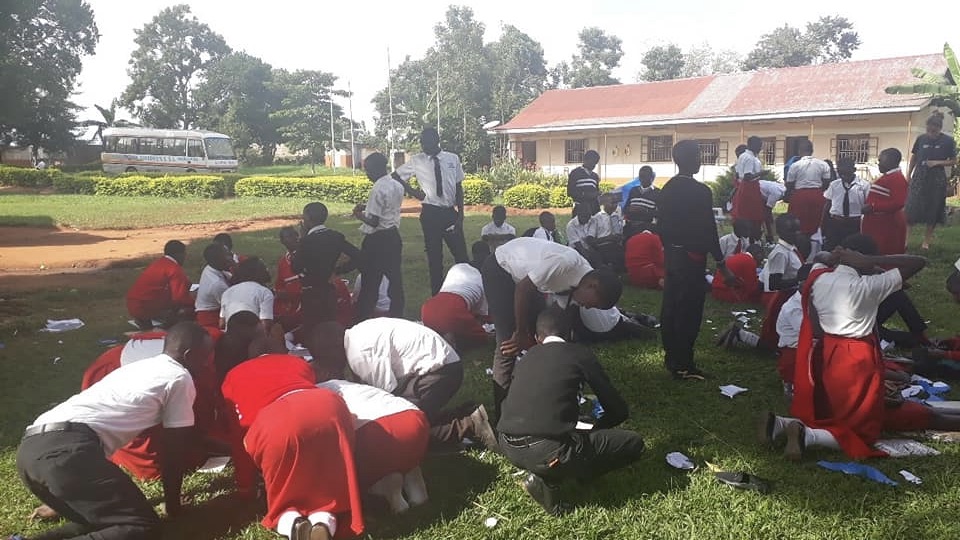The famous marsupial, often only known due to the comedic character, indigenous to Tasmania has a rare disease that is spreading uncontrollably throughout the species. Fascinating due to its chemistry, the main reason this wildly misunderstood animal is close to being extinct is due to cancer. However, this cancer is not ordinary, usually cancer is the mutation of your own cells which causes them not to undergo apoptosis and to divide uncontrollably, instead the cancer in the devils is one that is passed on from animal to animal. The origin animal for this disease is thought to have died a long time ago. There is currently 2 strains of the cancerous disease, one strain originating from a female in 1996 and more recently a second strain discovered in 2014 originating from a male (Department of Primary Industries, Parks, Water and Environment (Tasmania), 2018). This rare type of cancer is transmitted from one animal to another by biting, a common occurrence in the socialisation and asserting dominance. (Timmins, 2019)
This new cancer is threatening the life of the Tasmanian devils due to the deadly nature of these vicious tumours. When the devils have been bitten by an infected one, a tumour starts to grow that is vicious and kills normally within 6 months. (Timmins, 2019) Normally the cancer affects the jaw, preventing the devil from being able to eat and causing starvation.
This cancer research is not only important for the survival of Tasmanian devils but for other species such as dogs and bivalves in which this new type of cancer has also been found. (Department of Primary Industries, Parks, Water and Environment (Tasmania), 2018)
Works Cited
Department of
Primary Industries, Parks, Water and Environment (Tasmania), 2018. About
DFTD. [Online]
Available at: https://dpipwe.tas.gov.au/wildlife-management/save-the-tasmanian-devil-program/about-dftd
[Accessed November 2019].
Timmins, B., 2019. Tasmanian devils ‘adapting to coexist
with cancer’. [Online]
Available at: https://www.bbc.co.uk/news/science-environment-47659640
[Accessed 13 11 2019].



